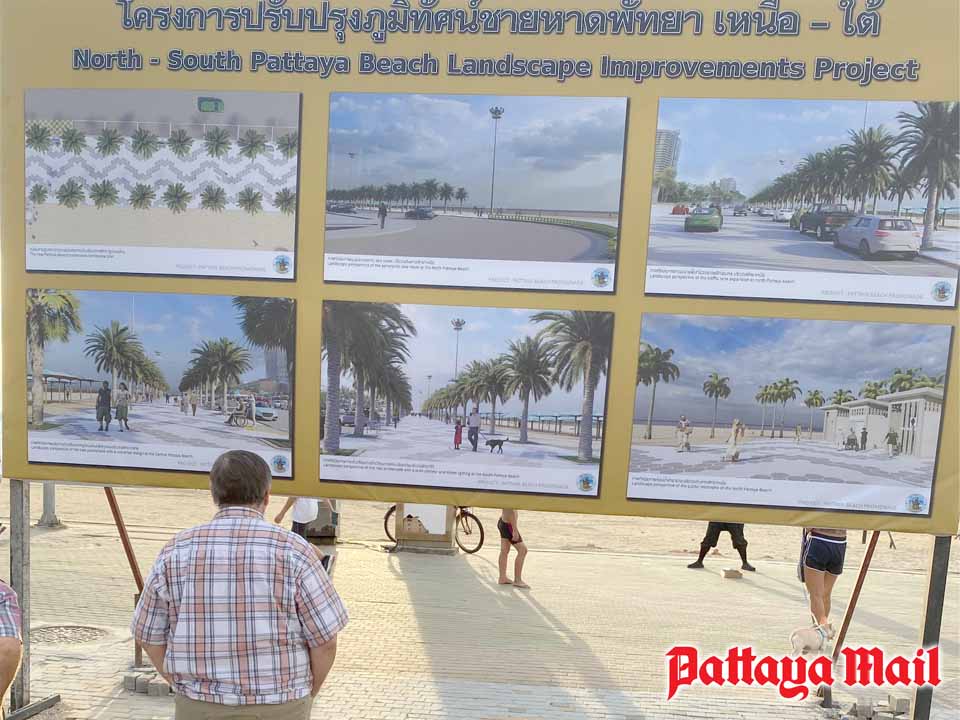
Faced with criticism that the funds to enhance Pattaya promenade could be better spent on feeding the city’s hungry, local mayor Sonthaya Kunplome explained that the money was not Pattaya’s to move around at will. “It’s a multi-million baht EEC (Eastern Economic Corridor) initiative, so the cash is reserved for a particular project. Cancelling the beach improvements would not result in one more meal for the hungry,” he said.
In a rare public admission by a politician that many local projects are funded neither by the local authority nor by the Thai government alone, the mayor underpinned the mechanism which has been, and will be, responsible for all the city’s major infrastructure improvements. The 1.7 trillion baht EEC is an ambitious international consortium to transform the three-province, eastern region of Thailand into a hi-tech and logistics hub and gateway, linking China and India and the 9-nation Asean trading bloc.
Although the Thai government and state owned industries are certainly involved, most of the EEC money comes from private-public partnerships of which China and Japan are the biggest investors. Foreign companies are encouraged to join by generous tax incentives and visa benefits. For example, the four-year hi-tech Smart visa requires neither a work permit nor the 90 days immigration sign-on.
The 13,000 square kilometer EEC zone has already had an enormous impact. It is home to the world’s eleventh largest auto exporting industry, a leading global supplier of hard disc drives and home appliances and the center of a major petrochemical industry. EEC Secretary General Kanit Sangsubhan said, “Eventually we hope to see the EEC as a pivotal import-export center linking Europe with the whole of Asia.”

And what of Pattaya? There is, of course, no intention to turn Pattaya into a hi-tech factory and it will remain a vital tourist city, howbeit one far removed from its Sin City and horizontal leisure pursuits reputation. That is why the EEC is spending mega-cash to upgrade the infrastructure of the resort to international standards. Pattaya City Hall, for its part, is fully committed medium-term to the development of neo-Pattaya. Anyone in any doubt should view the billboard at the entrance to the shuttered Walking Street.
EEC projects already completed include the new Route 7 motorway linking Chonburi with Bangkok and the massive improvements at Laem Chabang and Maptaphut ports. The hi-speed rail link between U-tapao and Bangkok airports is already under construction and plans to build a cruise harbor at Bali Hai and demolish Walking Street are currently under deliberation. Whatever neo-Pattaya turns out to look like, it’s going to be created with billions of foreign cash. In any currency.

 |
 |
 |





